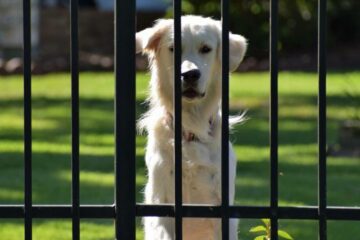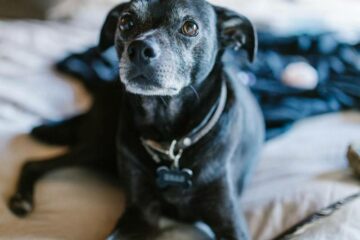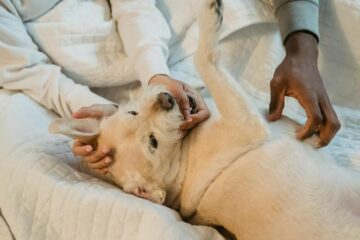My Dog Hates My New Puppy! Dog Growling at New Puppy
“My dog hates my new puppy!” It’s so sad and disappointing, isn’t it? Dealing with your dog growling at your new puppy is tough, especially when you were probably dreaming about how great they were going to get along. It’s common for an older dog to show teeth or growl at a new puppy due to jealousy, territorial issues, or uncertainty about the newcomer.
We’ll guide you through why your older dog is growling at your new puppy, how to introduce your dog to the new puppy, and how to get your older dog to like your puppy. From understanding canine body language to learning important commands, we’ve got all the information you need to help your furry family members become the best of friends. Let’s begin!
My Dog Hates My New Puppy
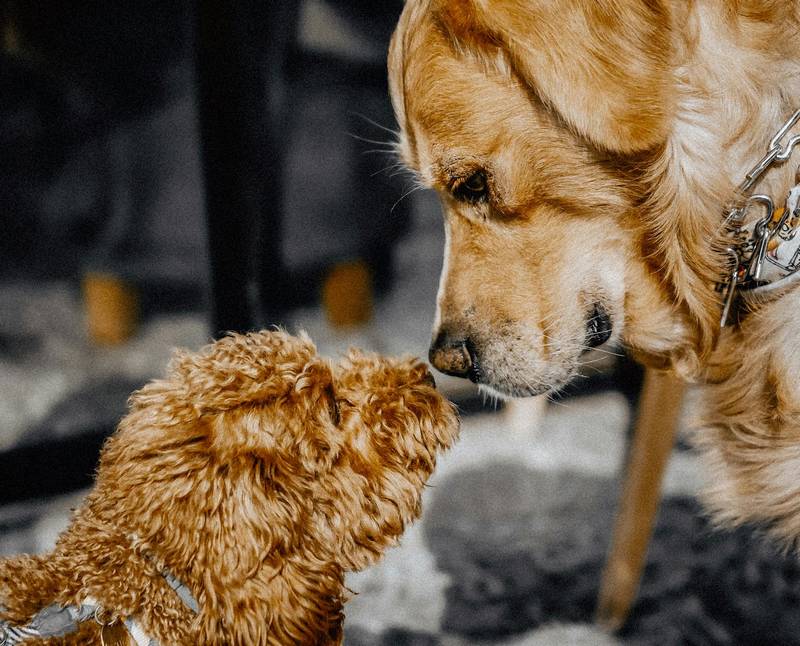
If your dog hates your new puppy, then there can be a lot of tension when introducing your new arrival to the household. This situation is not uncommon and usually stems from jealousy, disruption of the established routine, or the older dog’s lack of socialization with other dogs.
Older Dog Hates My New Puppy
If your older dog hates your new puppy and is showing signs of aggression or avoidance, you can look at these behaviors as expressions of discomfort or insecurity. Maintaining a structured routine for both dogs and ensuring the older dog’s schedule and privileges remain unchanged can help minimize feelings of rivalry.
How to Introduce Dog and New Puppy
Introductions should be gradual, not forced, and supervised in a neutral space to prevent territorial disputes. Begin with short, controlled meetings while keeping both dogs on leashes. A non-busy area of the park usually works great.
Positive reinforcement, such as treats and praise for calm behavior, can encourage positive interactions and help build a peaceful relationship between your dog and the new puppy.
How to Get Dog to Like New Puppy
- Consistency is crucial. Keep feeding times, walks, and attention as consistent as possible to avoid jealousy.
- Supervised Interaction: Always supervise interactions between your dog and the new puppy until you are confident they are comfortable with each other.
- Separate Spaces: Initially, provide separate resting and eating areas to reduce competition and allow personal space.
- Positive Reinforcement: Reward your older dog for gentle, calm behavior around the puppy to reinforce positive interactions.
Successfully bringing a new puppy into your home with an older dog requires time, patience, and understanding. By managing their interactions carefully and ensuring each dog’s needs are met, you can help foster a positive relationship between them, leading to a harmonious household.
It’s important to remember, however, that the underlying behavioral issues (aggression, anxiety, dominance, etc.) that were causing all of this to begin with will still be present. And until you address those, any positive changes you see will only be temporary.
“Well, how do I make these changes last?”
By getting your dog to truly choose to follow your direction, that’s how. I tried many times to write out how you can do that before deciding it made more sense to just link you to the free video series that explains it better than I’d ever be able to.
The series is by a man named Dan who is one of the world’s leading dog obedience trainers. In it, he teaches you how to put an end to things like your dog growling at the new puppy and all other misbehavior using his fast and easy-to-follow methods.
In the first video, Dan will reveal to you why the two most common methods of dog training only doom you to failure. You can watch the video now by clicking here. Follow the proven system he’ll show you in his series and you’ll never have to spend another second worrying about your dog getting along with your new puppy ever again!
Dog Growling at New Puppy
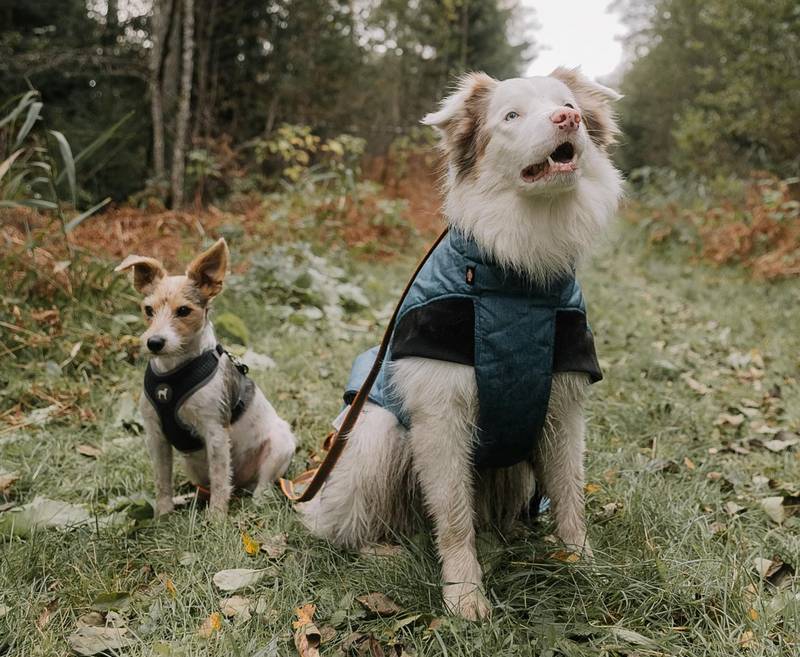
When your older dog growls at a new puppy, it’s a clear indication of its discomfort or displeasure towards the new addition. This behavior can stem from various factors such as jealousy, fear, or the disruption of the older dog’s established routine and territory. Closely monitor interactions and guide both dogs during their adjustment period.
Older Dog Showing Teeth to New Puppy
If your older dog is showing its teeth to the new puppy, it’s a significant warning signal that may escalate to aggression to the point of biting if not properly managed. Other signs that suggest a potential attack could be imminent include stiffening of the body, barking, intense staring, or snapping without making contact.
Recognizing these warning signs early is critical to intervening before any harm occurs. Establishing clear boundaries and ensuring both dogs’ safety during their introduction and acclimation phase is crucial. Learn about helping your dogs get along by going back to the first section now.
Why Is My Dog Growling at My New Puppy?
Your dog’s growling at the new puppy can be attributed to feelings of being threatened, a need to assert dominance, or simply not yet being comfortable with the new addition. It’s a natural response but one that requires careful management to cultivate a positive and harmonious relationship between the dogs.
Establishing a structured environment and clear leadership can help alleviate tensions and promote a sense of security for both your older dog and the new puppy.
Older Dog Growls at Puppy: How to Stop
- Calm Command: Train your older dog with a “calm” command to ease tensions. Start by getting your dog’s attention in a quiet environment and say “calm” in a soothing tone. Reward with treats and praise for calm behavior.
- Why It Helps: This command helps by providing a go-to action for your dog when they feel uneasy, redirecting their focus and reducing aggressive responses towards the puppy.
Addressing growling behavior requires patience, positive reinforcement, and consistency in your training. By creating a safe and controlled environment for both your older dog and the new puppy, you can help them build a positive relationship, ensuring they get along and live harmoniously.
You’re probably ready to begin now that you have all of your questions about why your dog hates your new puppy answered, so I’ll let you get started on things. Good luck, and thanks for taking a look at our article “My Dog Hates My New Puppy! Dog Growling at New Puppy”.



